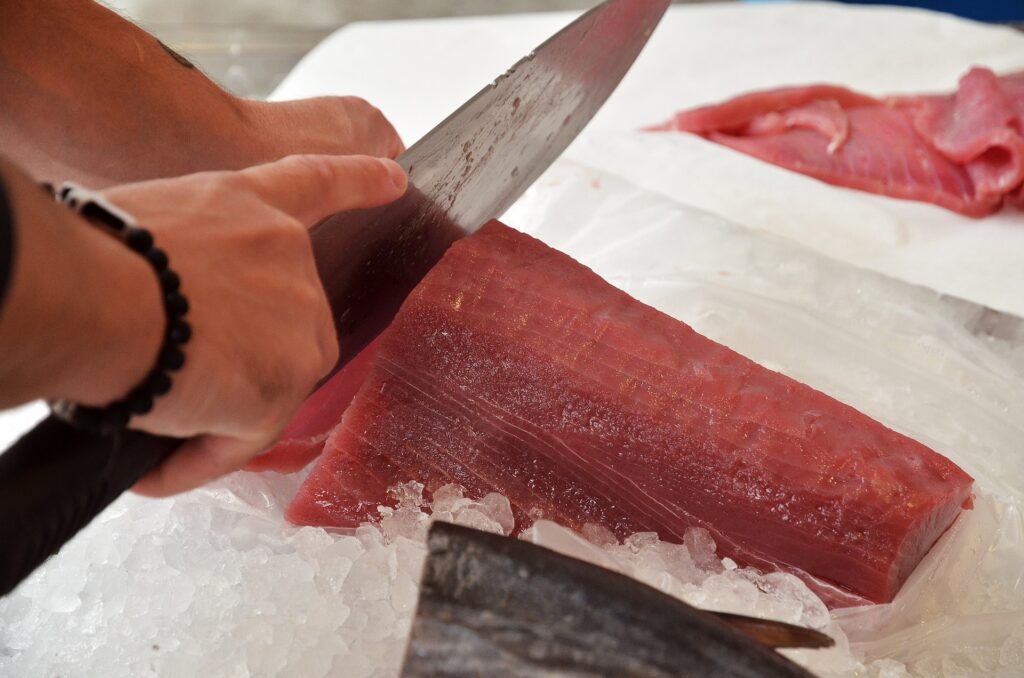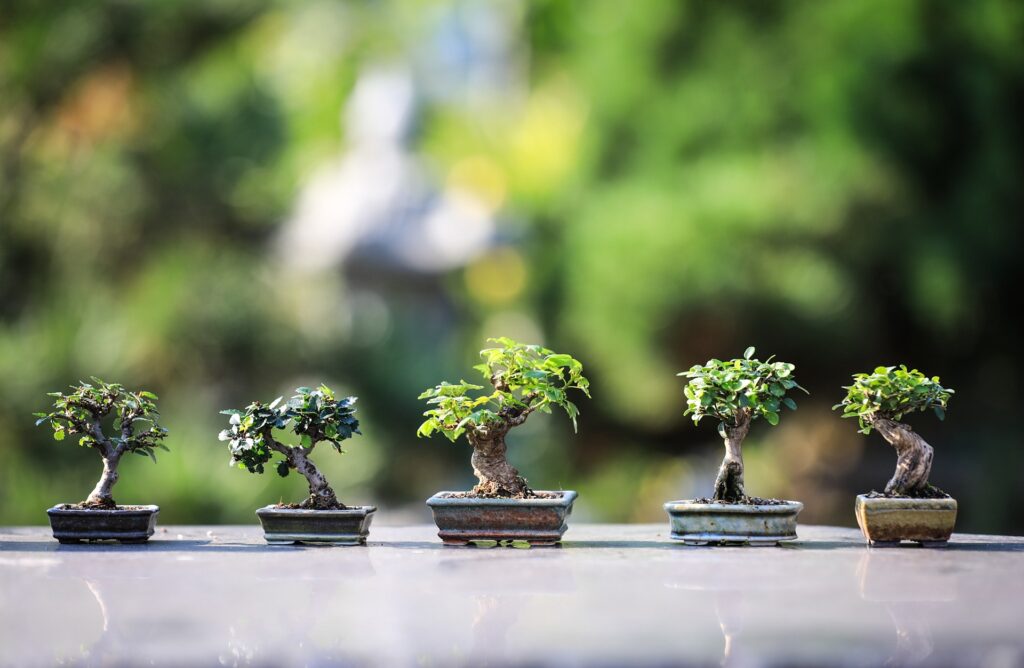Akimatsuri, Guam’s Autumn Japanese Festival

Nestled in the western Pacific Ocean, the island of Guam comes alive every year in the fall with the vibrant and culturally rich Guam Autumn Japanese Festival. This annual event not only celebrates the beauty of the autumn season but also serves as a bridge between Guam’s Chamorro culture and the rich traditions of Japan. In this detailed blog, we will explore the history, significance, and various elements of this unique and harmonious cultural festival.
History and Origins
The Guam Autumn Japanese Festival, often referred to as the “Guam Japanese Autumn Festival” (Guam Nihon no Aki Matsuri in Japanese), has deep roots in the island’s history. Guam’s historical connection with Japan dates back to World War II when the island was occupied by Japanese forces. This period of occupation left a lasting imprint on the island’s culture and cuisine, resulting in a unique fusion of Chamorro and Japanese influences.
In the post-war years, as Guam emerged as a popular tourist destination, the island’s cultural exchange with Japan continued to grow. The festival was born out of this growing cultural exchange and was first celebrated in the early 1960s. Since then, it has evolved into a beloved annual tradition that attracts visitors and locals alike.

Celebrating the Beauty of Autumn
The Guam Autumn Japanese Festival typically takes place in late October or early November when the island experiences milder temperatures and the landscape begins to transform with the colors of autumn. This timing provides the perfect backdrop for celebrating the changing of the seasons and the natural beauty of Guam.
One of the festival’s highlights is the mesmerizing display of fall foliage in various shades of red, orange, and yellow. Many festival-goers take the opportunity to enjoy nature’s artistry by strolling through parks, gardens, and hiking trails.
Cultural Performances and Demonstrations

At the heart of the festival are the cultural performances and demonstrations that showcase the rich traditions of both Chamorro and Japanese cultures. These performances often include:
- Traditional Dance: Local Chamorro dance groups perform traditional Chamorro dances, which are a captivating blend of storytelling and rhythmic movement. Japanese dance troupes also take the stage, showcasing the grace and precision of traditional Japanese dance forms like Nihon Buyo.
- Taiko Drumming: The thunderous beats of Taiko drumming performances reverberate throughout the festival, adding an exhilarating and immersive experience for attendees.
- Tea Ceremony: Visitors can participate in or observe traditional Japanese tea ceremonies, where the art of tea preparation and the rituals associated with it are showcased.
- Cultural Workshops: Throughout the festival, attendees have the opportunity to participate in workshops that offer hands-on experiences, such as origami (paper folding), calligraphy, and traditional craft making.
Culinary Delights

Food plays a significant role in any cultural celebration, and the Guam Autumn Japanese Festival is no exception. The festival’s food stalls offer a delectable array of culinary delights that fuse Chamorro and Japanese flavors. Some popular dishes include:
- Sashimi and Sushi: Fresh seafood, including locally caught fish, is transformed into delicious sashimi and sushi rolls, often with a Chamorro twist.
- Tempura: Crispy and light tempura featuring local vegetables and seafood is a crowd-pleaser.
- Chamorro BBQ: The island’s signature barbecue dishes, such as chicken, spare ribs, and red rice, are prepared alongside Japanese grilled dishes like yakitori.
- Mochi and Manha Titiyas: A delightful blend of cultures is found in desserts like mochi (Japanese rice cakes) and manha titiyas (Chamorro coconut dessert).
Art and Craft Bazaars
The festival also provides a platform for local artisans and craftspersons to showcase their talents. Art and craft bazaars are a common feature, where attendees can purchase unique, handcrafted items such as pottery, jewelry, paintings, and traditional clothing.
Ikebana Displays and Bonsai Exhibitions

Ikebana, the Japanese art of flower arrangement, and bonsai, the meticulous cultivation of miniature trees, are displayed prominently at the festival. These living works of art captivate attendees with their beauty and precision.
Community Engagement and Exchange
The Guam Autumn Japanese Festival isn’t just about performances and food; it’s also about fostering community engagement and cultural exchange. Visitors have the chance to interact with local artists, performers, and members of the Chamorro and Japanese communities. This exchange of ideas and appreciation for each other’s cultures contributes to the festival’s warm and welcoming atmosphere.
It serves as a testament to the enduring connections between Guam and Japan, showcasing how cultural exchange can lead to the creation of something beautiful and unique. As attendees immerse themselves in the festival’s vibrant atmosphere, they not only celebrate the changing of the seasons but also gain a deeper understanding of the shared cultural heritage that unites us all.